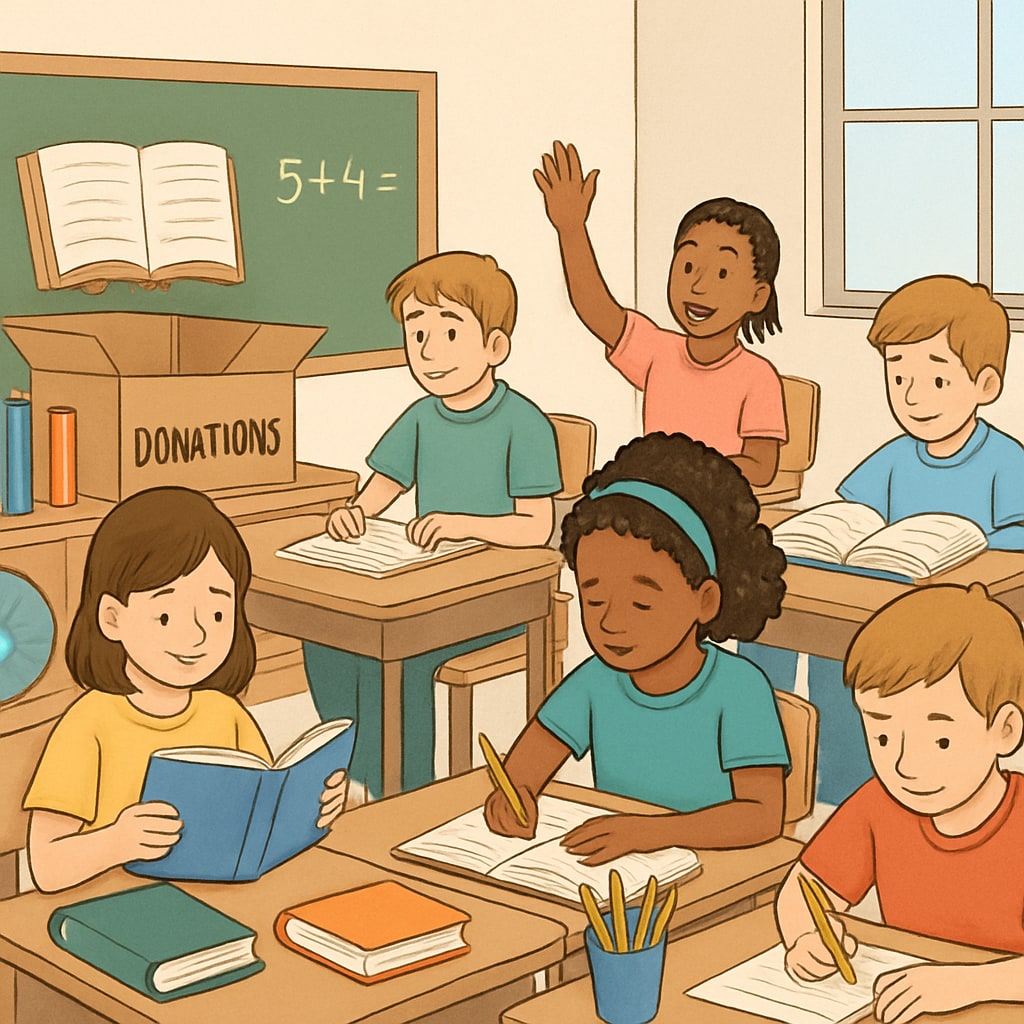Every day, countless educators across the globe face the challenge of providing a robust learning experience for students while struggling with a lack of basic classroom supplies. Many teachers personally purchase teaching materials to bridge gaps left by inadequate funding. Classroom donations are a vital solution to this issue, as they alleviate the financial burden on educators and create a more enriching environment for students. Supporting teachers through donations of teaching materials not only transforms classrooms but also empowers the future generation of learners.
Why Classroom Donations Matter
Classroom donations are more than just physical support; they represent a commitment to education and the future of society. Without essential supplies, teachers often have to improvise, which can compromise the quality of education. For example, schools in underfunded areas might lack items as basic as notebooks, pencils, or art supplies. These gaps directly impact students’ learning experiences and academic success.
By donating teaching supplies, individuals and organizations help ensure that educators can focus on teaching rather than worrying about their budgets. Furthermore, donations inspire students by providing them with the tools they need to achieve their potential. Research shows that when students have access to adequate resources, their engagement and performance improve significantly. Education on Britannica highlights the importance of providing equitable access to learning materials for all students.

How You Can Make a Difference
Supporting classrooms doesn’t require a significant financial investment. Simple actions can create lasting impacts. Here are a few ways you can contribute:
- Direct Donations: Donate supplies such as stationery, books, or art materials to your local schools.
- Partner with Organizations: Collaborate with non-profits dedicated to education improvement, such as DonorsChoose on Wikipedia.
- Volunteer Your Time: Assist teachers in organizing classrooms or running activities to alleviate their workload.
- Spread Awareness: Advocate for education support and encourage others to contribute.
These efforts, whether big or small, collectively contribute to creating a more inclusive and effective learning environment. In addition, they send a powerful message to both educators and students that their success is valued and supported by the community.

The Long-Term Impact of Classroom Support
When communities rally together to support education, the effects extend far beyond immediate needs. Teachers who feel supported are more likely to stay motivated and passionate about their profession. Students who receive adequate resources develop a stronger foundation in academics, which can lead to improved career prospects and socio-economic growth.
Classroom donations also foster a culture of giving and involvement, encouraging individuals and businesses to prioritize education as a cornerstone of societal development. As a result, the long-term impact of these efforts contributes to the creation of a more educated, empowered, and equitable world.
Let’s recognize the critical role educators play in shaping the future. By donating teaching supplies or supporting schools in other ways, we can ensure that students and teachers receive the resources they need to succeed. Together, we can transform classrooms into spaces of innovation, creativity, and opportunity.
Readability guidance: Use short paragraphs and bullet-point lists to simplify key ideas. Incorporate active voice and transition words to improve flow. Spread keywords naturally across the article to maintain balance and avoid overuse.


